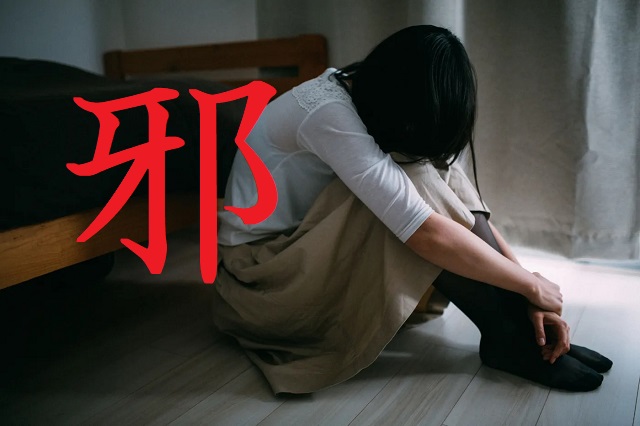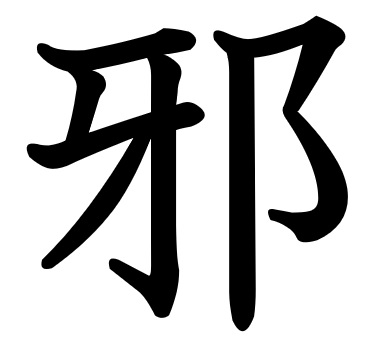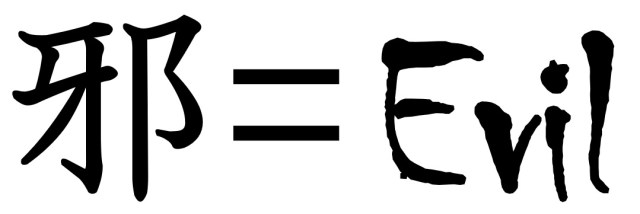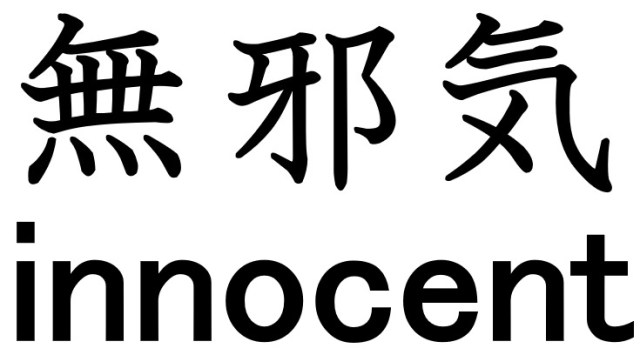
Innocent idea doesn’t go anywhere close to how she expected.
When choosing a design for a tattoo, most people want something that’s not just cool or beautiful, but meaningful as well. And since you’re going to have the thing forever, an aesthetic that’s already stood the test of time is preferable to some trendy symbol that might feel played out in a few months’ time.
Put all those criteria together, and there’s definitely a certain logic to people choosing Japanese kanji characters for their tattoos, even if they themselves don’t speak the language. However, there’s a danger to having people put words on your body without a sufficient background in the language, since what they actually mean might not match up with the message you’re trying to send.
For example, Japanese Twitter user @ToraiKun spent part of his student days studying at a university in the U.S. One day a Caucasian classmate was showing him her kanji tattoo, and @ToraiKun was startled to see that the character she’d chosen was this.

Apparently she wanted to double-check that it meant what she thought it did, so she asked @ToraiKun if he could translate it for her, and he easily could, because it’s a pretty simple translation. It means “evil.”

Now, that tattoo might make sense if @ToraiKun’s classmate had been going through a goth phase or experimenting with other forms of edgy self-impression. Unfortunately, that wasn’t the case, and she’d had innocent intentions…literally. “They told me it meant ‘innocent!’” the crestfallen woman said.
前にもツイートしたけど、大学生の時にクラスの白人女性から「邪」と書かれたタトゥを見せられた。意味を聞かれ「"Evil"だ」と答えたら彼女の顔が険しくなり「"Innocent"って言われたのよ!3つあって一番Coolな字を選んだの!」と返された。察した僕は「無邪気」の3文字を教えた。タトゥは危険だね。
— とらい (@ToraiKun) October 9, 2021
Evil, being the active form of malic, is pretty much on the opposite end of the spectrum from innocence, so how did the woman’s tattoo end up being so far off the mark? “There were three characters, and I picked the coolest-looking one,” she explained, and that’s when it clicked that what she’d really wanted was this.

Pronounced mujaki, those three characters do mean “innocent” or “innocence” (the borderline between adjectives and nouns is sometimes a little hazy in Japanese). It sounds like the woman came across them in a booklet of sample tattoo designs, or maybe ran an English-to-Japanese Google search for “innocent,” and saw them explained like this.

Apparently the woman thought all three of those kanji meant “innocent” and picked out the one she liked the best. Here’s the problem, though: “Innocent” is what those three characters mean collectively, not by themselves. When you break them down into their individual meanings, they become very different. 無/mu means “no,” 邪/ja means “evil,” and 気/ki means “spirit.” Put them all together, and you get “absent of evil emotion,” i.e. “innocent,” but isolate the middle one, and you’ve just got “evil.”
Ironically, though this is a clear case of a cross-cultural mix-up, the etymology of the Japanese “mujaki” and English “innocent” are actually pretty similar. “Innocent” comes from attaching the “in-“ prefix, which means “not” (like in “incomplete”) to “nocere,” the Latin verb for “to hurt/harm,” making the root meaning of “innocent” essentially “not [intending to] cause harm.”
While it’s possible someone played a trick on the tattooed girl, it’s also possible that the whole thing was a, well, innocent mistake, since apparently at one point she really did have the correct full set of all three kanji in front of her. As for why the tattoo artist didn’t warn her, tattoo artists are artists, not linguists, and hers may not have had any greater understanding of the Japanese language than the woman herself did, especially if she’d found/picked out the kanji before coming into the studio and came with a picture of it and said, “Give me that.”
The whole situation is yet another reminder that if you’re thinking of getting a kanji tattoo, discussing what you really want, including the context, with a Japanese-language expert you can trust is a very good idea. The silver lining is that if the woman wants to, she can still get the missing 無 and 気 kanji tattooed on either side of 邪, provided it’s on a part of her body where there’s enough space. That still leaves the issue that many Japanese people are more likely to associate the word mujaki with child-like straightforwardness than elegant purity, but that’s still better than a straight-up mark of evil.
Source: Twitter/@ToraiKun via Jin
Top image: SoraNews24/Pakutaso
Insert images: SoraNews24
● Want to hear about SoraNews24’s latest articles as soon as they’re published? Follow us on Facebook and Twitter!

No hay comentarios:
Publicar un comentario